Feeding my sourdough starter an extra meal before preparing the leaven results in a far superior loaf of bread—so superior that if I can’t manage to get that second feeding in, I won’t start the bread that day. The extra feeding ensures that the starter goes into my leaven at its peak of activity, making a better leaven. And the better the leaven, the better the bread. (A leaven makes the bread rise and is basically a large, bubbly starter.)
The Goldilocks amount of discard
The downside to the extra feeding: extra discard. You don’t want to accumulate an unmanageable amount of the stuff and end up wasting food. But you will likely want some discard for cooking all kinds of delicious recipes:
- Stir a few ingredients into it to whip up pancakes.
- Add some to a batch of five-ingredient crunchy crackers for cheesy flavor without the cheese.
- Bake a quick vegan chocolate cake for a treat.
- Go here for 20 more discard recipes.
A bit of discard also serves as a life insurance policy for my starter Eleanor. If I accidentally bake all of her without first reserving a tablespoon, I can revive my backup—the discard. After feeding a spoonful of discard a couple of times, Eleanor lives another day.
Still, I need only so much discard.
Yield two loaves of sourdough bread and very little discard
I’m using this sourdough bread recipe as my example. The dough requires 217 grams of leaven. To get to that 217 grams without adding to the discard jar, even with an extra feeding, I make that extra feeding small and use all of the resulting starter in the leaven.
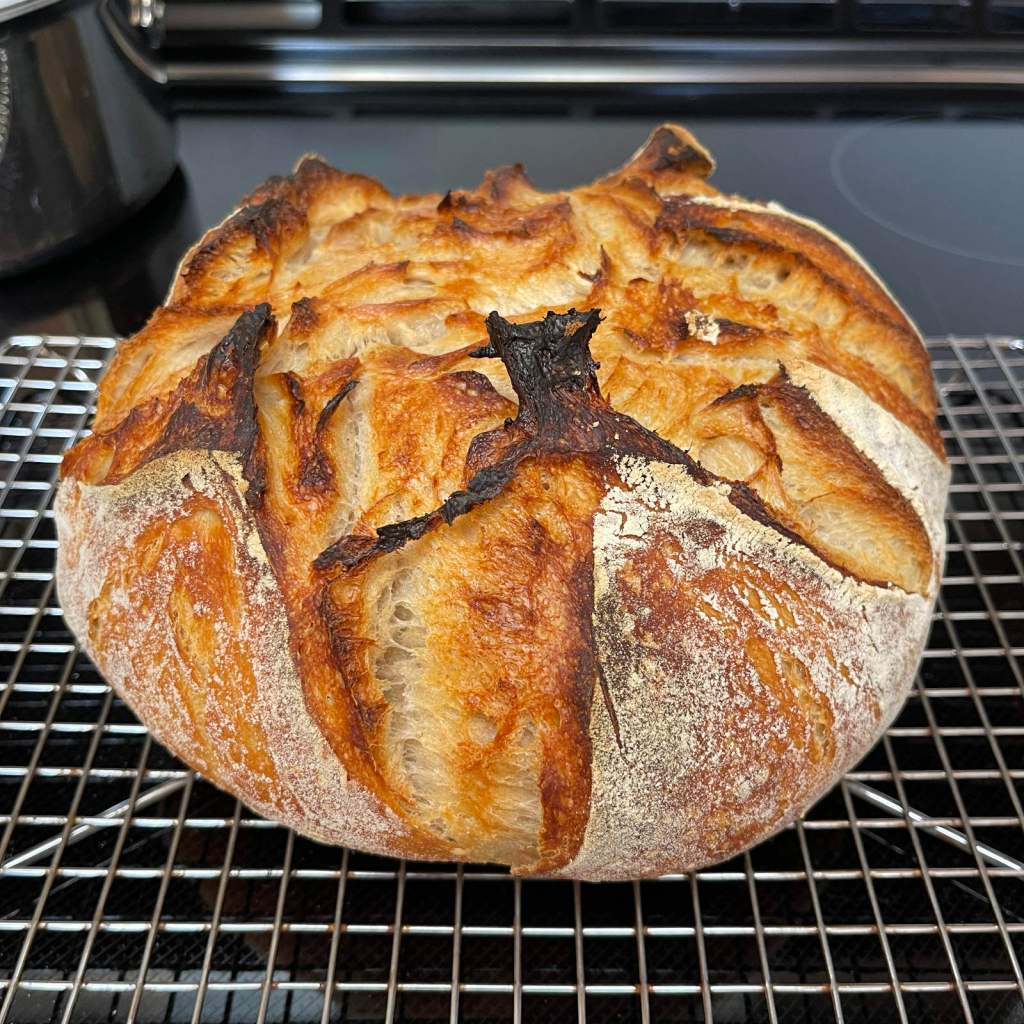
Day One, 6am: Feed the sourdough starter its first meal
When I bake less often, I store Eleanor in the refrigerator and feed her once a week. (Otherwise, she sits on the counter and eats daily.) This reduces the number of feedings and the amount of discard. But if I’ve neglected her in the refrigerator for months (which I’ve never done!), she’d need to be rehabilitated before making bread. In other words, start with a well-cared for starter.
Feed your starter its regular meal. I keep Eleanor quite small and sometimes feed a tablespoon of her as little as 30 grams each of flour and water, depending on how much starter I need and how much discard I want.
Day One, 1pm: Feed the sourdough starter its second meal
The bubbly starter should be at its peak—lots of bubbles with a domed (convex) top. It’s okay if it has fallen a little bit and the top has flattened out. For this second meal, combine in a two-cup jar:
- 17 grams starter
- 17 grams flour
- 17 grams water
Eleanor needs at least this amount of food to survive. She will not bubble up if I go smaller (I’ve tried, poor thing). She now weighs 51 grams and doesn’t take up much space in the jar. But she’ll need the additional real estate for the next step.
Day One, 8pm: Make the leaven
To make the leaven, use the full 51 grams of active starter and discard nothing. Stir into the jar:
- 83 grams flour
- 83 grams water
This leaven weighs 217 grams.
Day One, 8pm: Soak the flours for the bread
In a large bowl, soak the flours for the dough at the same time as making the leaven. Combine:
- 600 grams whole wheat flour
- 200 grams all-purpose flour
- 750 to 800 grams warm water
Cover the bowl tightly with a plate or pot lid to prevent a crust from forming on top.
Day Two, 6am: Start the bread
Combine all the leaven with the soaked flours and continue with this sourdough bread recipe, beginning at step 5 in which you’ll combine salt and water.
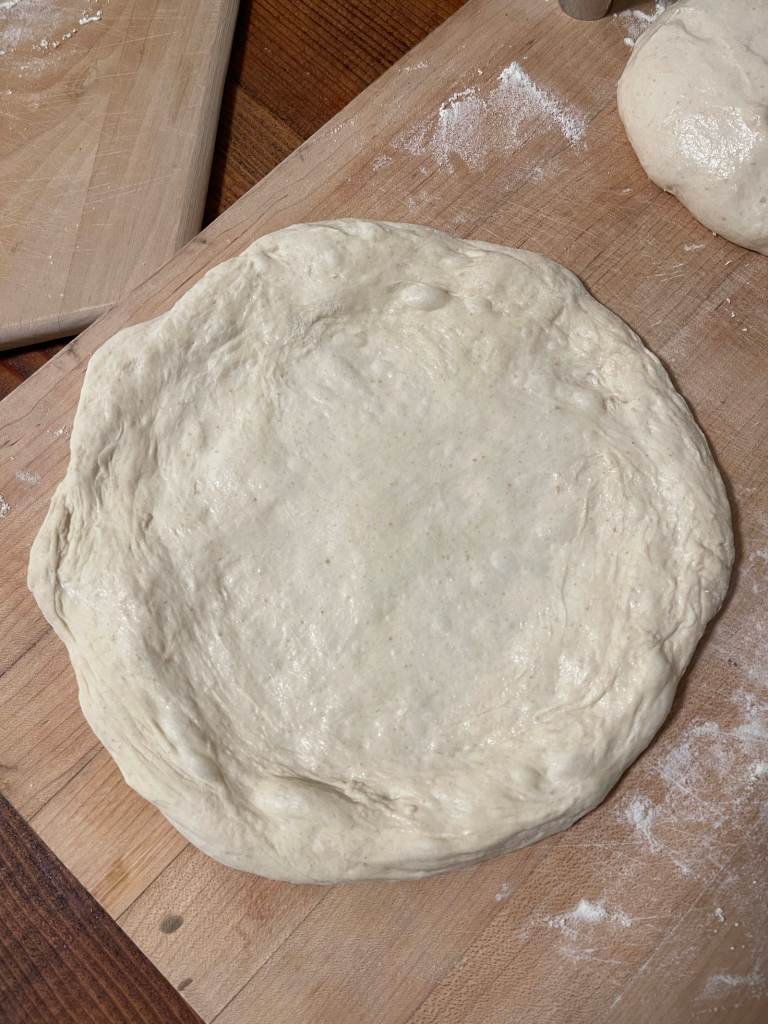
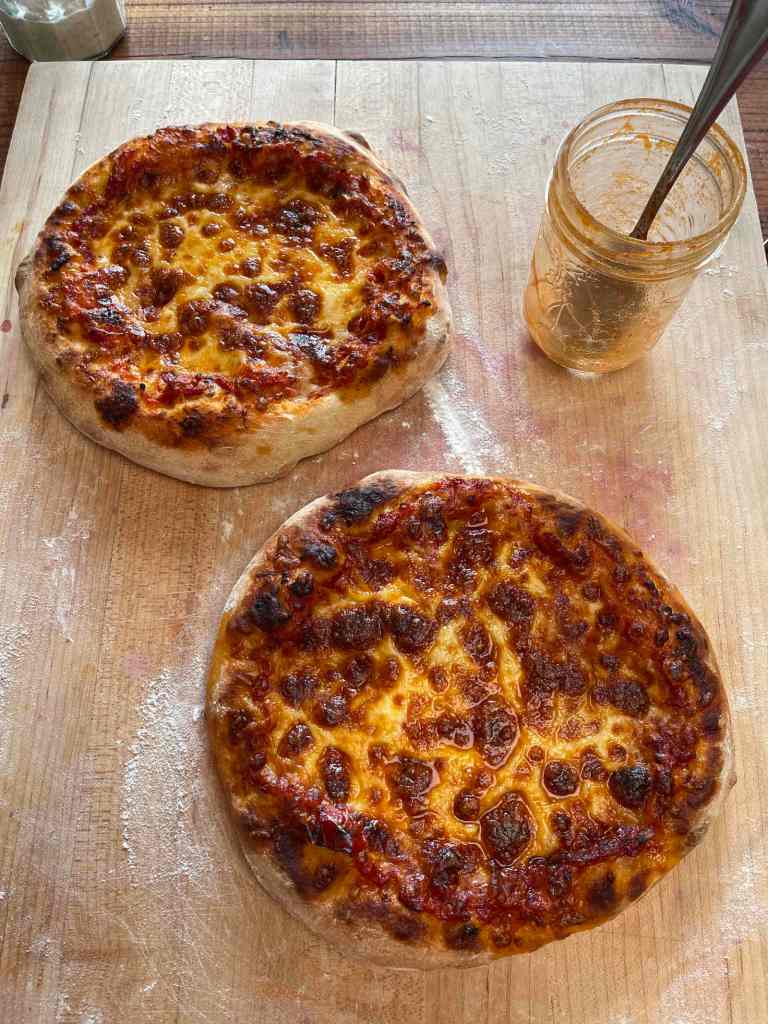
Do the math with your favorite sourdough recipe
Use this leaven-building method with any sourdough bread (or pizza or sticky buns or focaccia) recipe to keep your discard jar manageable. Start with the amount of leaven you need and work backward to calculate the size of that second meal, which will go entirely into the leaven. And keep in mind—you can go only so small.
Confused? Register for the next sourdough starter class, Tues, Jan 9th, 4pm PT/7pm ET
You need only flour and water to launch your sourdough adventures. This free workshop covers making the starter only. We won’t make the bread in this class. But I will answer your bread questions.
If you can’t make it to this class, keep an eye out for the February 10th class. I’ll schedule that soon. Eleanor turns 10 years old that day so I’ll try to plan something special. They grow up so fast 🥲 Go here for more info on the January class and to register.

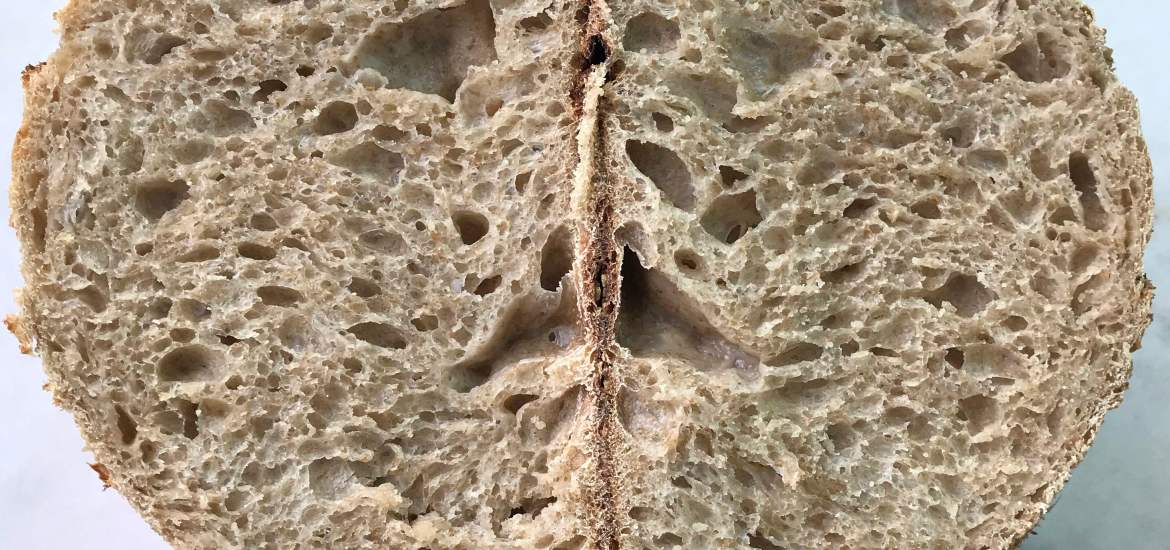
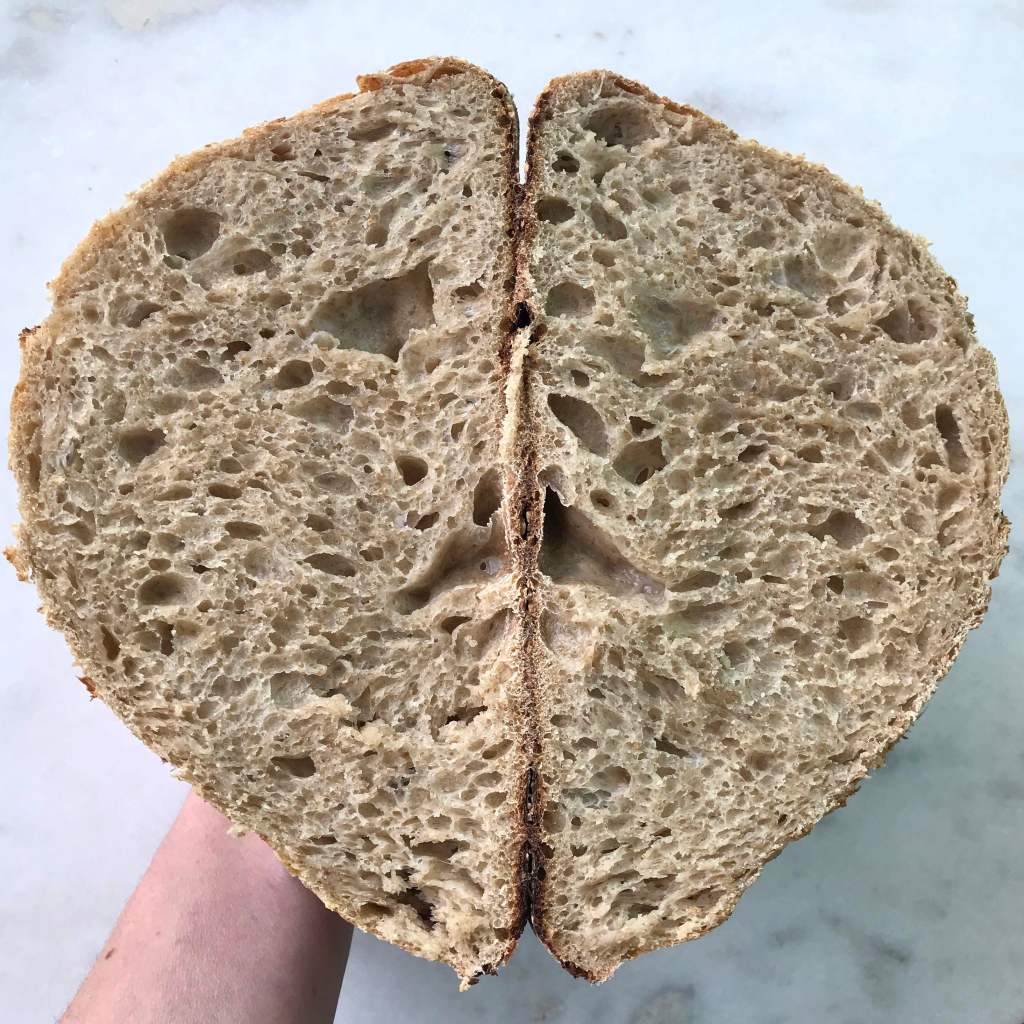
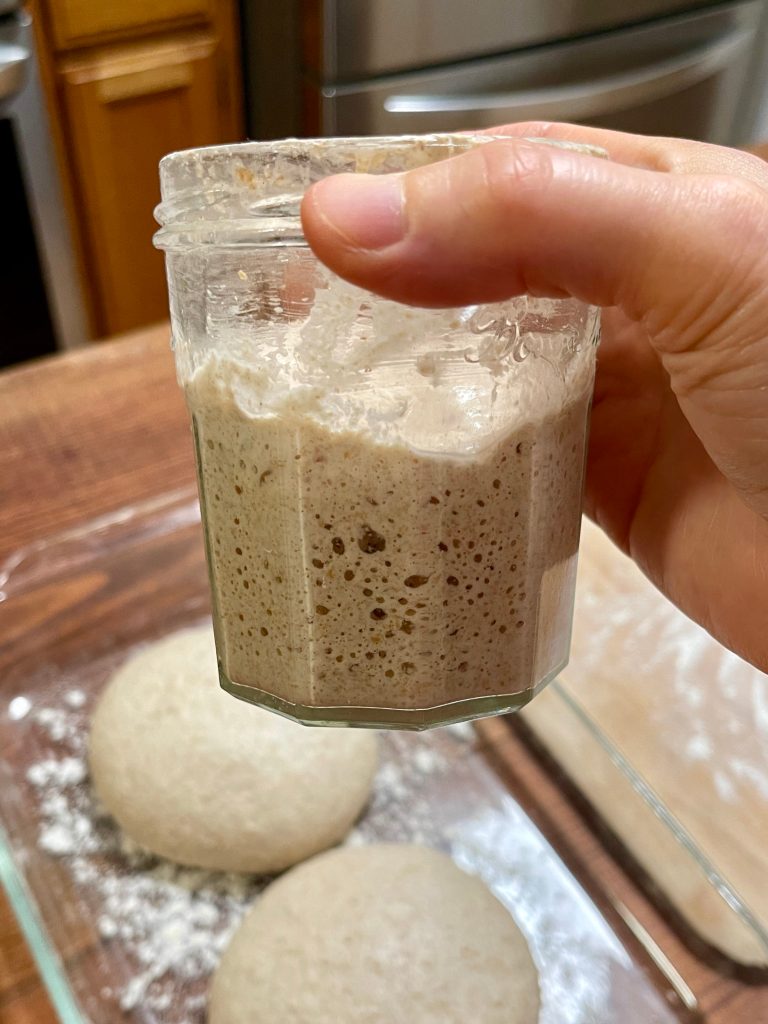

Not sure if you already do this but I saw a great tip about starter discard. You dry it out by spreading it thinly on parchment paper and then blend or grind it into to a fine powder and use it for shaping your sourdough or pizza dough- full cycle!
Thanks for the tip! Dehydrating it like that is a great insurance policy!